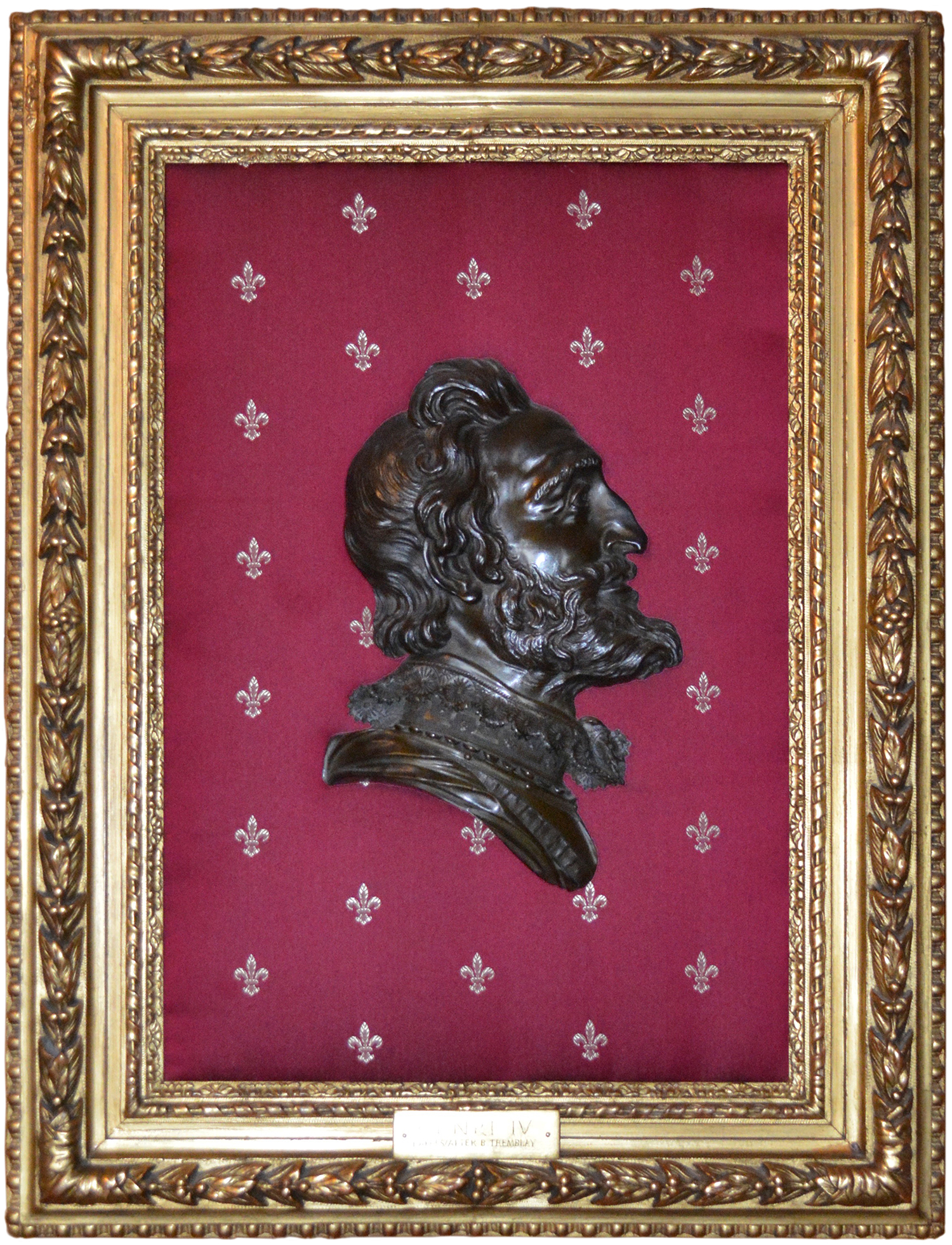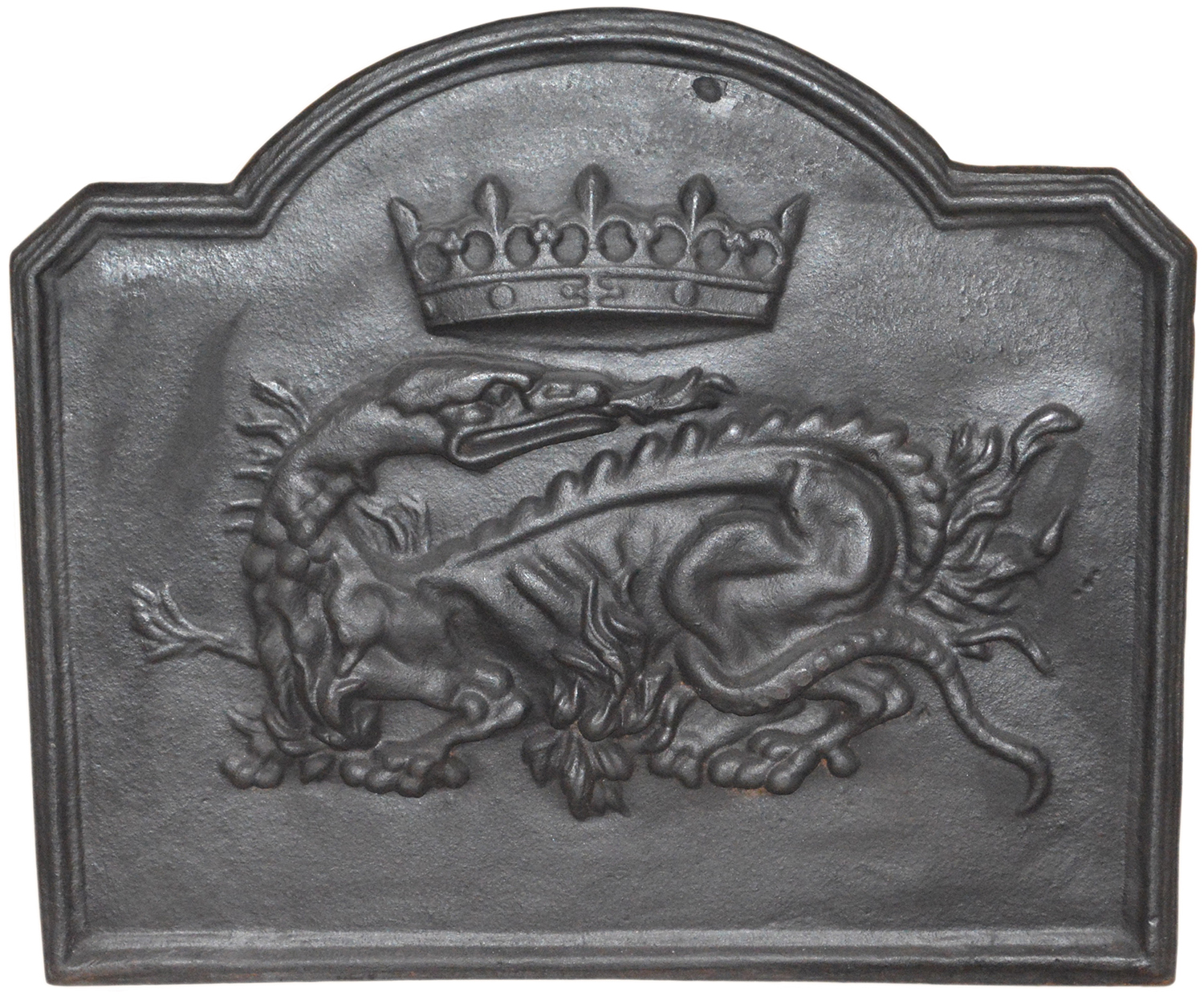How the French and English shaped Canada: The rise and fall of New France

The fleur-de-lis and the Tudor rose, the salamander and the lion: symbols of English and French rule are everywhere in Parliament Hill’s Centre Block. Portraits of the French monarchs who governed New France from the 16th century to the 18th century hang in the Salon de la Francophonie. Nearby, in the Senate foyer, are the British monarchs who succeeded them.
It’s a celebration of Canada’s colourful and sometimes turbulent history of French and English coexistence.




England planted its flag in 1497 when John Cabot, an Italian sailing on behalf of King Henry VII, reached Newfoundland and Labrador on the second of three voyages. Cabot’s profile is carved in a stone frieze below the stained-glass ceiling of the Senate foyer. Facing him is French explorer Jacques Cartier; it was the French, ultimately, who established the first permanent settlements in the new land.
Cartier explored the St. Lawrence River as far as the Lachine Rapids, where Montreal now stands. He reported back to his sponsor, King François I, that the territory was vast, teaming with fish and wildlife and that the Indigenous inhabitants were eager to trade.
It was King Henri IV, whose portrait hangs near François I’s in the Salon de la Francophonie, who seized this commercial opportunity. He enlisted Samuel de Champlain, a man often referred to as the “Father of New France”, to open up trade in the New World. Champlain, whose bronze bust stands nearby, led dozens of expeditions in the 1600s, establishing permanent settlements at Port Royal on the Bay of Fundy and at Quebec City.
King Louis XIV made populating the territory a priority and, by the 1700s, it seemed like New France was about to bloom. However, an awkward alliance with Austria, Russia and Spain dragged France into the Seven Years War in 1756. Known in North America as the French and Indian War, it was a sprawling conflict that ended up benefiting Great Britain at everyone else’s expense.
France, heavily committed to fighting in Europe, stretched what few resources it had to defend its scattered colonial outposts. Britain’s increasingly powerful navy harassed it on all fronts. The Fortress of Louisbourg on Cape Breton Island fell to the British in 1758, followed by Quebec City in 1759 and Montreal a year later.
With revolution brewing to the south, the British were careful not to give the territory’s 80,000 Francophone inhabitants reasons to throw their support behind the American rebels. The British were also careful not to repeat the humanitarian disaster they’d unleashed a decade earlier with the expulsion of French Acadian settlers from the Maritimes.
The Quebec Act of 1774 established the terms on which the two cultures would coexist; Britain guaranteed Catholic francophones economic and religious freedoms.
The ability of French and English to live side by side and to work together to achieve government reform eventually led to Canada’s widely-admired form of parliamentary democracy, one that carefully balances popular representation in the elected House of Commons against minority and regional representation in the appointed Senate.
This is the first of a two-part series about the French and English in Canada. Explore the art and architecture of the Senate, and follow the story of French and English rule told by its paintings and sculptures, by taking the Senate Virtual Tour.





